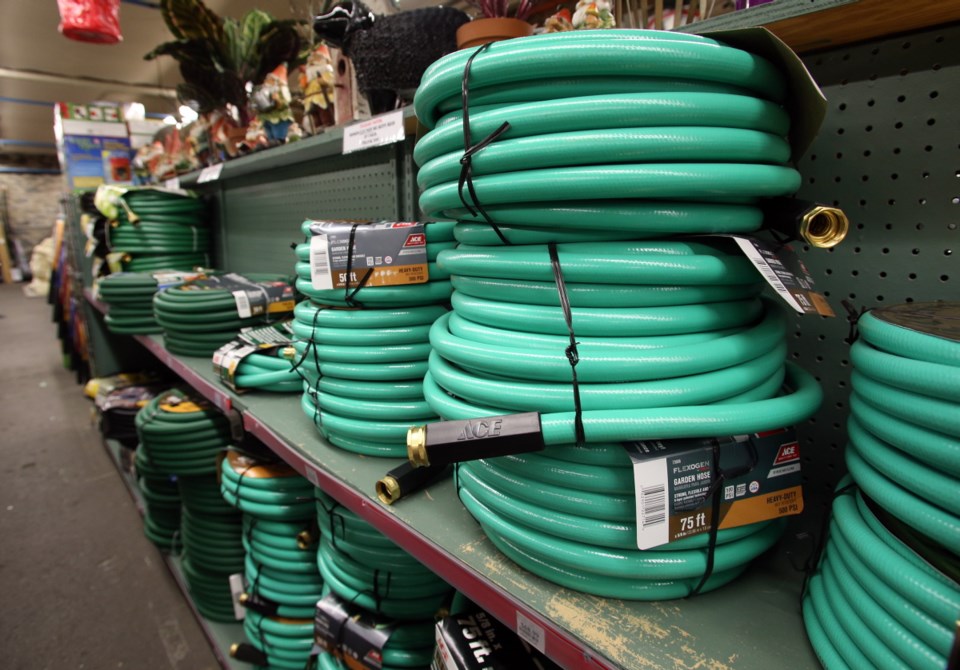Greater Victoria homeowners can expect water rates to continue to increase in coming years as the Capital Region District tries to find a balance between operating costs and declining water use.
“[Debt] is one of the significant contributors to the cost of our service,” said Saanich Coun. Dean Murdock, chairman of the CRD’s water commission budget subcommittee.
“We see the trend line of where water consumption is going and it continues to come down. Obviously, we have a fixed cost to our operation,” Murdock said in an interview.
“What we’re trying to do is bring the trend line and the cost line together. That’s going to take a few more budget cycles to get to.”
Residential water usage has been declining at between two and five per cent a year for the past 10 years. That trend is expected to continue at a slower rate for the next decade as more people make use of high-efficiency household appliances and fixtures, according to a CRD staff analysis.
A recent survey found that 2012 was the first year a slim majority of Greater Victorians (52 per cent) reported that they did not water their lawns.
“What we’ve learned across the community is, in fact, many folks are changing their behaviour with respect to outdoor water use — so certainly the brown lawns or golden lawns are becoming the norm in many parts of the region,” said Ted Robbins, the CRD’s general manager of integrated water services.
“But what we also discovered is folks aren’t really changing their behaviour when it comes to indoor water use.”
Instead, the decline in use is largely a result of more efficient appliances and fixtures, he said.
While water consumption continues to drop, the water division debt servicing obligations increased 86 per cent to $14.1 million in 2013 from $7.6 million in 2007 — primarily because of the CRD’s decision to spend $65 million to buy and protect the Leech River as a future water supply.
Since 2007, the CRD has bought more than 9,600 hectares of land around the river from TimberWest and Western Forest Products.
The annual debt expenditures associated with the purchases accounts for about 21 per cent of the wholesale price of water.
The CRD wholesale water rate accounts for about 40 per cent of the price residents pay for water. The CRD sells the water to local municipalities and the Juan de Fuca distribution service. They then set the rate customers pay.
Just how much water rates will increase depends on where you live.
Municipalities have to incorporate their costs into the water bills. Costs in the more established municipalities with aging infrastructure can be higher than in the West Shore, where much of the pipe is newer, Murdock said.
“I think what we’re seeing is average household users are consuming less and less water and that means that, even with the incremental increases on the water bill, you’re likely not paying any more than you were the year before.”



